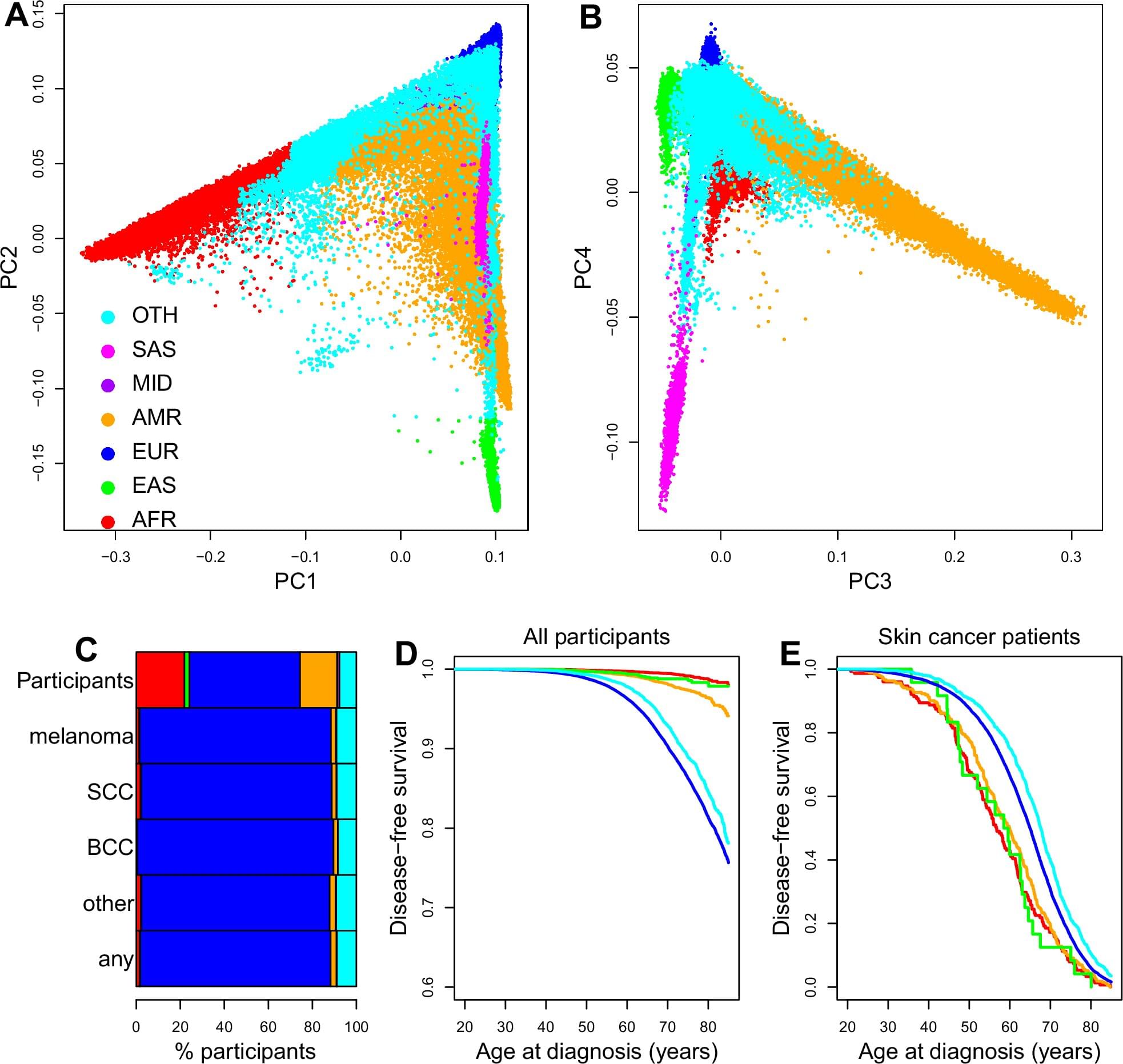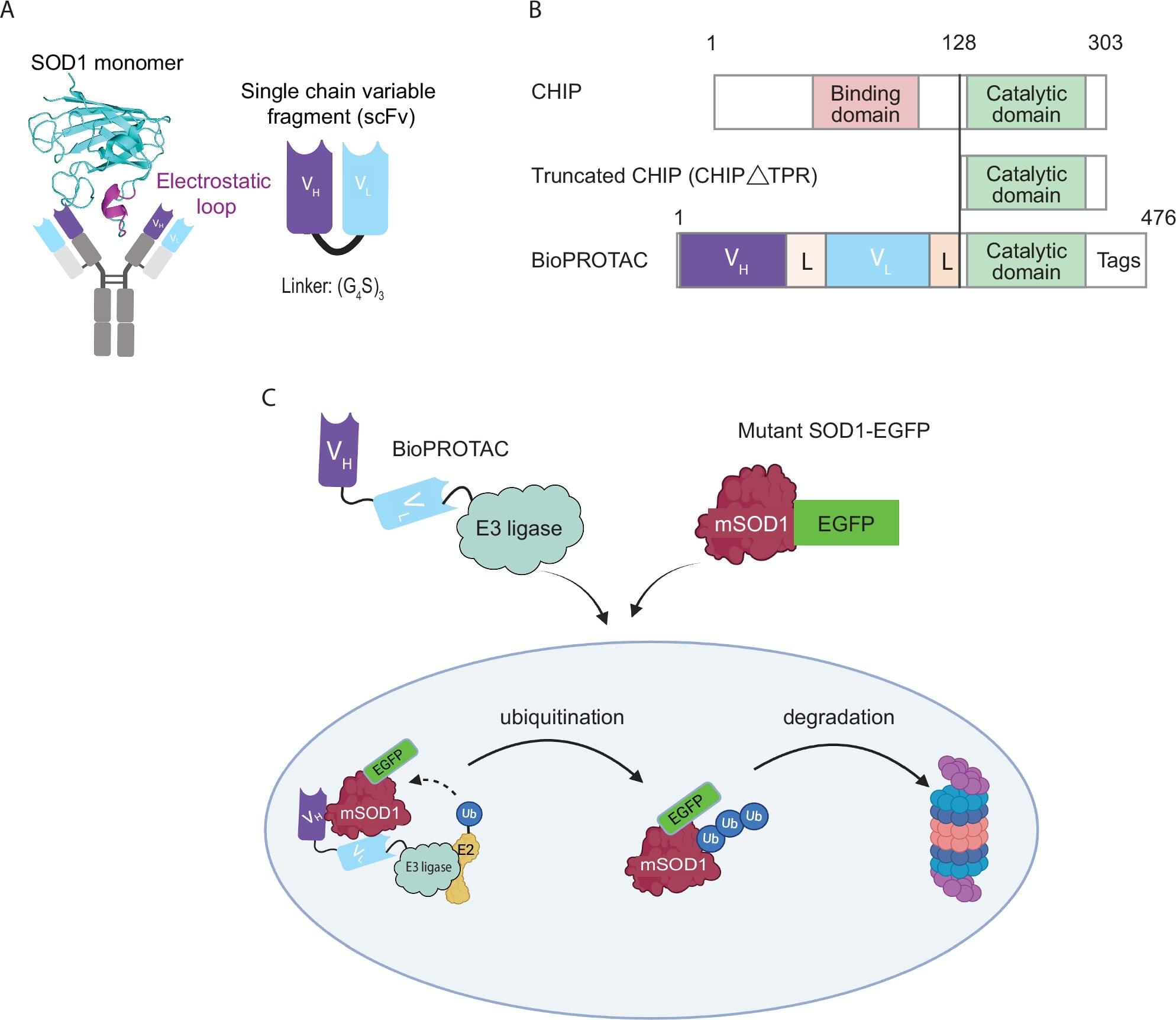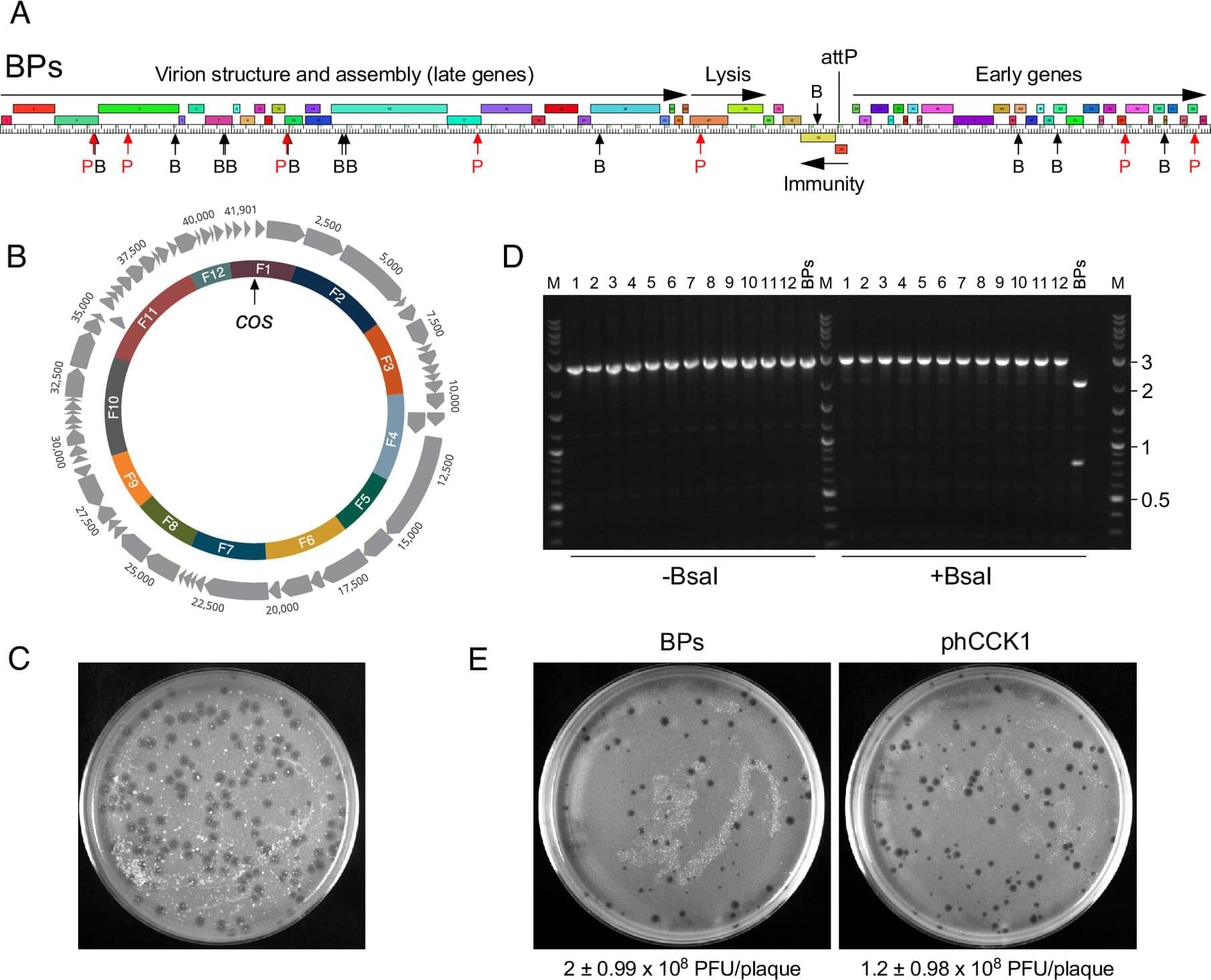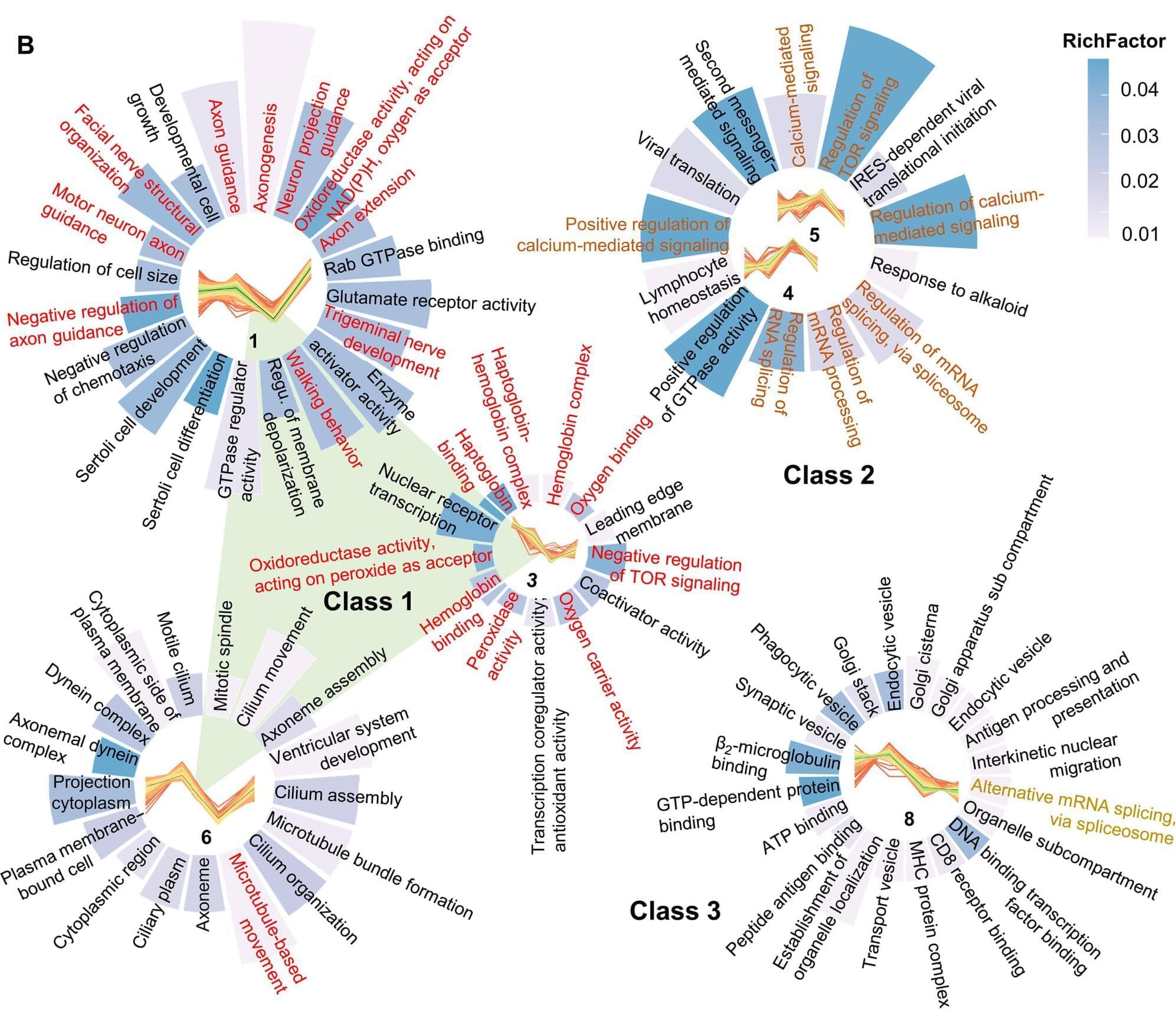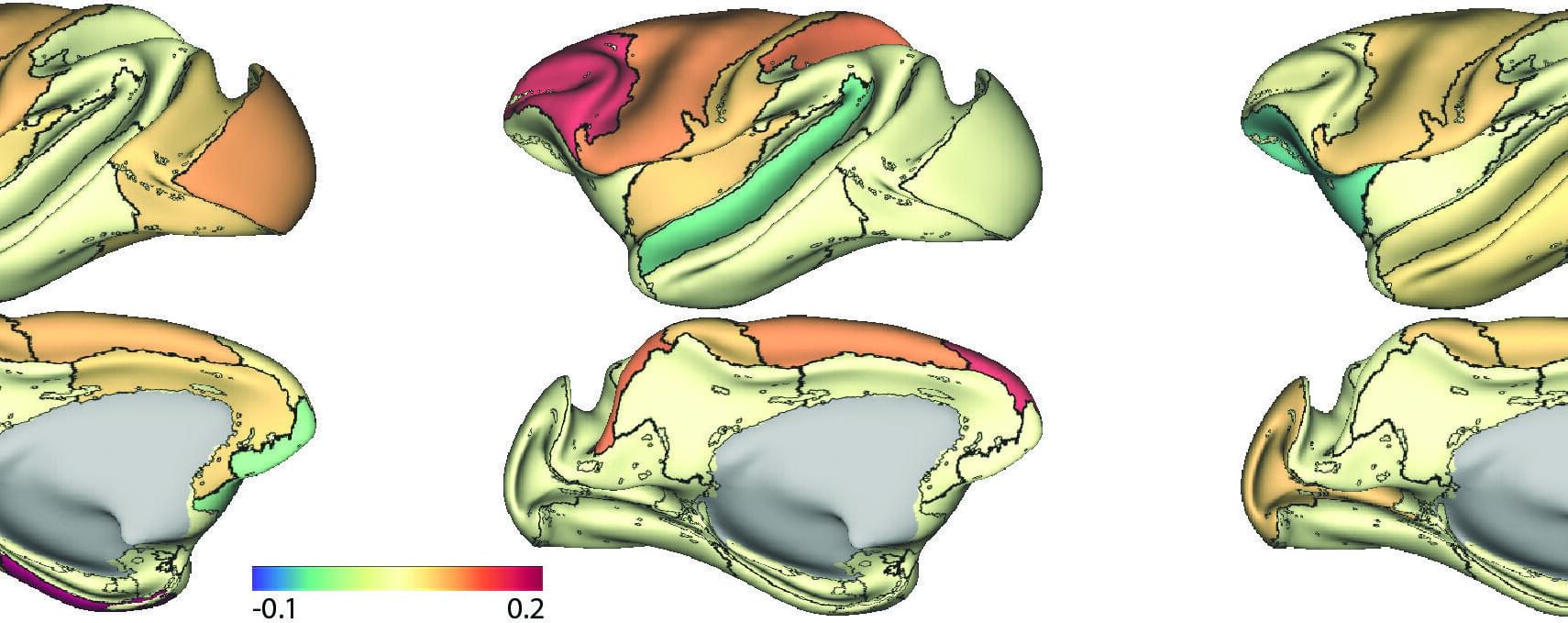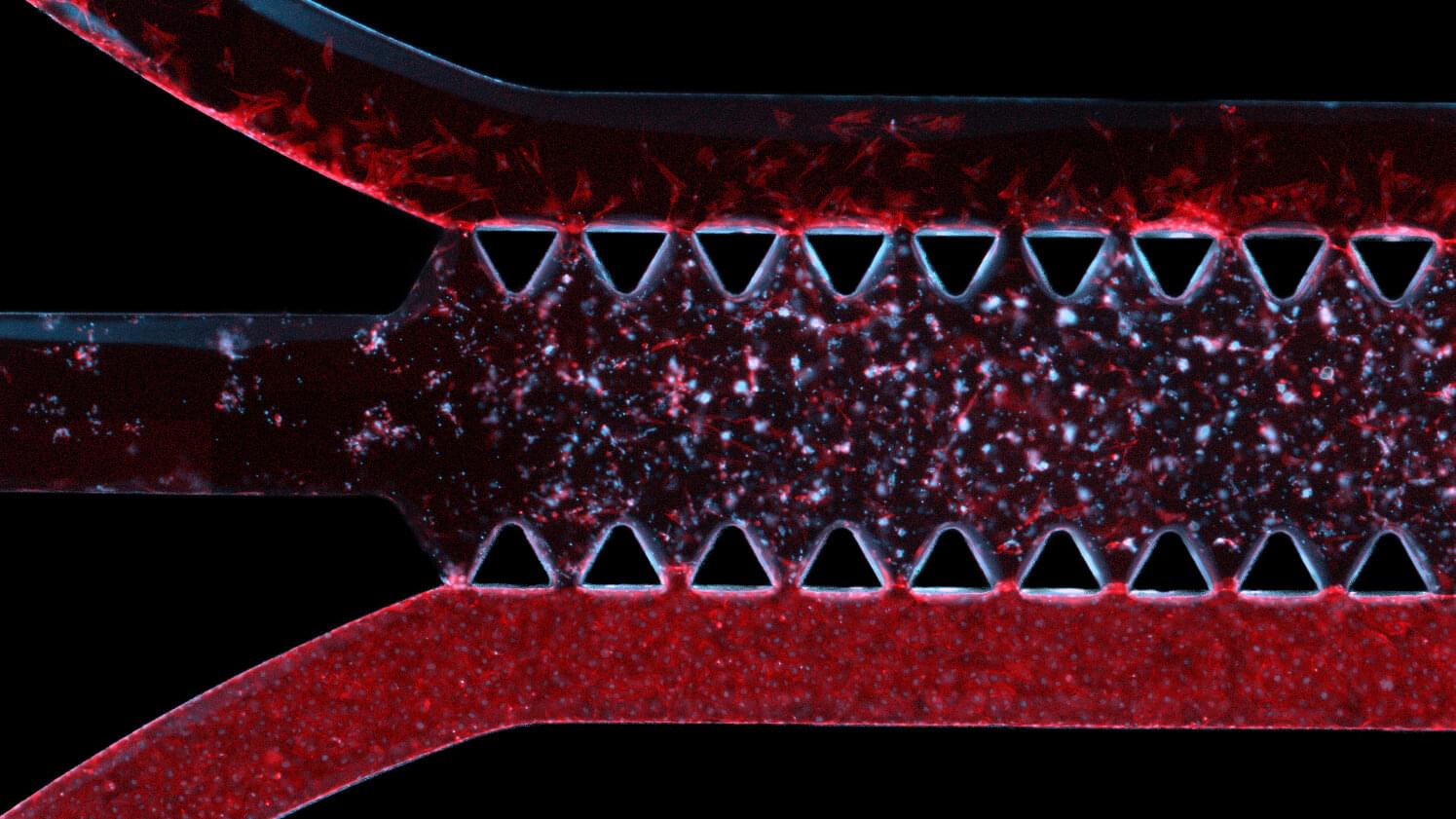Pioneering breakthroughs in healthcare — for everyone, everywhere, sustainably.
Komeil Nasrollahi is a seasoned innovation and business‐development leader currently serving as Senior Director of Innovation & Venture Partnerships at Siemens Healthineers (https://www.siemens-healthineers.com/), where he is charged with forging strategic collaborations, identifying new venture opportunities and accelerating transformative healthcare technologies.
With an academic foundation in industrial engineering from Tsinghua University (and additional studies in the Chinese language) and undergraduate work in civil engineering from Azad University in Iran, Komeil blends technical fluency with global business acumen.
Prior to his current role, Komeil held senior positions driving business engagement and international investment, including leading market‐entry and growth initiatives across China and the U.S., demonstrating a strong ability to navigate cross‐cultural, high‐stakes innovation ecosystems.
In his current role, Komeil works at the intersection of healthcare, technology and venture creation—identifying high-impact innovations that align with Siemens Healthineers’ mission to “pioneer breakthroughs in healthcare, for everyone, everywhere, sustainably.”
